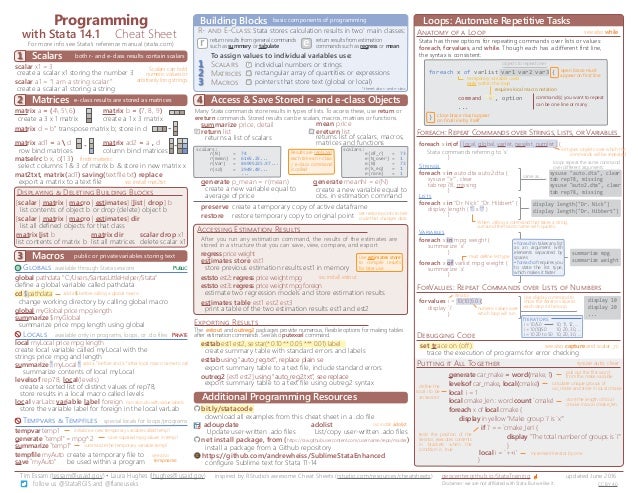
įortunately, you can check assumptions #4, #5 and #6 using Stata. If you do not have independence of observations, it is likely you have "related groups", which means you will need to use a one-way repeated measures ANOVA instead of the one-way ANOVA. For example, there must be different participants in each group with no participant being in more than one group.
#STATA CONFIDENCE INTERVAL HOW TO#
This "quick start" guide shows you how to carry out a one-way ANOVA with post hoc tests using Stata, as well as how to interpret and report the results from this test.

You need to conduct these post hoc tests because the one-way ANOVA is an omnibus test and cannot tell you which specific groups were significantly different from each other it only tells you that at least two groups were different.

When there is a statistically significant difference between the groups, it is possible to determine which specific groups were significantly different from each other using post hoc tests. Alternately, a one-way ANOVA could be used to understand whether there is a difference in salary based on degree type (i.e., your dependent variable would be "salary" and your independent variable would be "degree type", which has five groups: "business studies", "psychology", "biological sciences", "engineering" and "law"). Alternatively, if you have multiple dependent variables you can consider a one-way MANOVA.įor example, you can use a one-way ANOVA to determine whether exam performance differed based on test anxiety levels amongst students (i.e., your dependent variable would be "exam performance", measured from 0-100, and your independent variable would be "test anxiety levels", which has three groups: "low stressed students", "medium stressed students, and "high stressed students"). If you have two independent variables you can use a two-way ANOVA. However, it is typically only used when you have three or more independent, unrelated groups, since an independent-samples t-test is more commonly used when you have just two groups.

The one-way analysis of variance (ANOVA) is used to determine whether the mean of a dependent variable is the same in two or more unrelated, independent groups.


 0 kommentar(er)
0 kommentar(er)
